Robotic process automation (RPA) and intelligent automation (IA) are both technologies transforming business processes. While they share similarities, they have distinct differences that impact their application and benefits.
RPA automates repetitive tasks, reducing manual effort and errors, while IA combines RPA with artificial intelligence (AI) to handle more complex tasks. Both technologies improve efficiency, cut costs, and enhance productivity across industries.
In this blog, we'll explore the disparities between RPA and IA, elucidating their definitions, functionalities, and advantages. By the end, you'll have a comprehensive grasp of how each technology operates and how they can be harnessed to drive organizational success.
What is Robotic Process Automation (RPA)?
Robotic process automation (RPA) refers to the use of software robots or "bots" to automate repetitive, rule-based tasks that are typically performed by humans.
These bots mimic human actions interacting with digital systems and applications to execute tasks such as data entry, transaction processing, form filling, data extraction, and more.
What are the Key Functionalities of RPA?
- Task Automation: RPA software can be programmed to perform tasks just like humans, such as logging into applications, copying and pasting data, moving files, etc.
- Rule-Based Processing: RPA bots follow predefined rules and instructions, making them suitable for repetitive tasks with clear decision trees.
- Seamless Integration: RPA tools can interact with various software applications and systems, often without the need for extensive integration efforts.
Hook - How to implement RPA using Nected?
What are Some Use Cases of RPA?
- Data Entry: RPA can automate data entry tasks by extracting data from one system and entering it into another.
- Invoice Processing: Bots can extract information from invoices, validate it, and update accounting systems accordingly.
- Customer Service: RPA can automate responses to frequently asked questions, process simple customer requests, and route more complex inquiries to human agents.
What are Some Limitations of RPA?
- Complexity Limitation: RPA is best suited for repetitive, rule-based tasks and may struggle with tasks requiring complex decision-making or nuanced judgment.
- Maintenance Overhead: RPA bots need regular maintenance and updates to adapt to changes in systems and processes.
- Scalability Challenges: RPA implementations may face scalability challenges when dealing with large volumes of data or when trying to automate complex end-to-end processes.
Explore the best Robotic Process Automation tools in 2024.
What is Intelligent Automation (IA)?
Intelligent Automation (IA) is an advanced form of automation that combines Robotic process automation (RPA) with artificial intelligence (AI) technologies such as machine learning, natural language processing, and cognitive automation.
IA goes beyond basic task automation to enable systems to make decisions, learn from data, and adapt to new circumstances.
What are the Key Functionalities of IA?
- Data Processing and Analysis: IA systems can analyze large volumes of data, extract insights, and make predictions to support decision-making processes.
- Adaptive and Self-Learning: IA systems can learn from historical data and user interactions, improving their performance and adapting to changes over time.
- Natural Language Understanding: IA can understand and process natural language inputs, enabling interactions with users through chatbots, virtual assistants, and other interfaces.
What are Some Use Cases of IA?
- Customer Service: IA-powered chatbots can understand customer inquiries, provide relevant responses, and escalate complex issues to human agents when necessary.
- Fraud Detection: IA systems can analyze transaction data, identify patterns indicative of fraudulent activity, and flag suspicious transactions for further investigation.
- Predictive Maintenance: IA can analyze sensor data from machinery to predict equipment failures before they occur, enabling proactive maintenance and minimizing downtime.
What are Some Limitations of IA?
- Data Quality and Availability: IA performance heavily relies on the quality and availability of data. Poor data quality or limited data availability can hinder the effectiveness of IA algorithms.
- Complexity and Integration Challenges: Implementing IA solutions requires expertise in both automation and AI technologies, as well as integration with existing systems and processes, which can be complex and time-consuming.
- Cost and Resource Requirements: Developing and maintaining IA solutions can require significant investments in terms of time, resources, and expertise, which may not be feasible for all organizations.
Differences between RPA and IA:
When considering automation solutions, understanding the distinctions between RPA and IA is crucial. While both aim to streamline processes and enhance efficiency, they differ significantly in their capabilities and applications.
RPA focuses on automating repetitive, rule-based tasks using software bots, while IA integrates RPA with artificial intelligence (AI) technologies, enabling advanced automation with decision-making and learning capabilities.
Check this table to understand the nuanced differences between these two approaches to automation.
|
Parameters
|
RPA
|
IA
|
|
Level of Autonomy
|
Limited, follows predefined rules.
|
Higher, capable of making autonomous decisions based on data and learning.
|
|
Decision Making Capability
|
Limited decision-making capabilities.
|
Advanced decision-making using AI technologies such as machine learning and natural language processing.
|
|
Complexity of Tasks
|
Suited for repetitive, rule-based tasks.
|
Capable of handling complex tasks requiring cognitive abilities and data analysis.
|
|
Integration with Cognitive Tech
|
Primarily focuses on task automation.
|
Integrates RPA with AI technologies for cognitive automation, natural language processing, and data analysis.
|
|
Scalability and Flexibility
|
Limited scalability with large volumes of complex data.
|
More scalable and adaptable, capable of handling evolving tasks and learning from new data.
|
Differentiating between RPA and IA might seem challenging at first glance, as their functionalities can overlap. However, by carefully analyzing your requirements and objectives, you can determine which approach is best suited for your needs.
Creating an IA model in Nected follows the same foundational steps as in RPA, with some additional layers of steps. Just like in RPA, you'll begin by mapping out the workflow and identifying repetitive tasks that can be automated. Once the basic workflow is established, IA adds a new dimension by incorporating machine learning (ML) models to handle more complex, decision-based tasks. For instance, if you have an ML model already deployed, you can seamlessly integrate it into your IA workflow in Nected by configuring the necessary API calls. This integration enables your automation workflow to leverage the ML model's predictive capabilities, enhancing the system's ability to make informed decisions based on real-time data analysis. By incorporating these advanced features, your IA solution becomes both adaptive and intelligent, capable of evolving with new data inputs and improving over time.
Let's continue exploring how you can analyze what's best for you.
When should you choose RPA & IA?
Choosing between robotic process automation (RPA) and Intelligent Automation (IA) depends on the complexity of the tasks you want to automate and the level of decision-making and cognitive capabilities required. Here's a detailed explanation along with use case scenarios for both:
Choose RPA When:
1. Tasks are Repetitive and Rule-Based
RPA is ideal for automating tasks that follow clear rules and require little to no decision-making. Examples include data entry, form filling, and invoice processing.
For example, a company receives a large volume of invoices daily. RPA can be used to extract data from these invoices, validate it, and enter it into the accounting system, reducing manual effort and errors.
2. Limited Integration Complexity
If the automation process primarily involves interacting with structured data within a single application or system, RPA can be more straightforward to implement compared to IA.
For example, a retail company wants to automate the process of updating product inventory levels in their e-commerce platform. RPA can be used to extract inventory data from the internal inventory management system and update it on the website.
3. Quick Deployment and ROI
RPA solutions typically have shorter deployment timelines and can deliver a faster return on investment (ROI) compared to IA, especially for simpler automation tasks.
For example, a customer support team wants to automate the process of generating standard responses to common customer inquiries. RPA can be quickly deployed to identify keywords in incoming emails and generate predefined responses.
Choose IA When:
1. Tasks Require Decision-Making and Cognitive Abilities
IA is suitable for automating tasks that involve decision-making, natural language processing, and complex data analysis. Examples include fraud detection, customer service interactions, and predictive maintenance.
For example, a financial institution wants to automate the process of reviewing loan applications. IA can be used to analyze applicant data, assess creditworthiness, and make approval decisions based on predefined criteria.
2. Integration with Unstructured Data and Systems
If the automation process involves interacting with unstructured data sources, multiple systems, or requires understanding natural language, IA may be more appropriate.
For example, a healthcare provider wants to automate the process of extracting relevant information from patient records to assist doctors in diagnosis. IA can be used to analyze medical records written in natural language and extract key symptoms, test results, and treatment recommendations.
3. Long-Term Scalability and Adaptability
IA solutions, with their AI capabilities, are better suited for tasks that may evolve over time or require continuous learning and adaptation.
For example, a manufacturing company wants to implement predictive maintenance to optimize equipment uptime. IA can be used to analyze sensor data from machinery, detect patterns indicative of potential failures, and continuously improve predictive models based on new data.
Automate your Business Operations efficiently with Nected.
Try today!
Conclusion
Understanding the differences between RPA and IA is essential for making informed decisions about automation solutions. While RPA excels at automating repetitive tasks, IA integrates advanced AI capabilities for more complex processes requiring decision-making and adaptability.
If you're looking to leverage the full spectrum of advanced automation capabilities within your organization, Nected provides the ideal solution. With Nected, you gain access to both RPA and IA capabilities, empowering you to streamline operations and boost efficiency effectively.
Whether you need to automate repetitive, rule-based tasks with RPA or tackle more complex processes requiring decision-making and cognitive abilities with IA, Nected offers the flexibility and versatility to meet your automation needs. This not only saves time and resources but also improves accuracy and scalability within your organization.
Choose Nected to build the advanced automation system that will propel your operations to new heights of efficiency and productivity.
FAQs
Q1: What is the main difference between RPA and IA?
RPA focuses on automating repetitive, rule-based tasks, while IA integrates RPA with artificial intelligence (AI) technologies to handle more complex tasks requiring decision-making and cognitive abilities.
Q2: How does decision-making differ between RPA and IA?
RPA has limited decision-making capabilities and follows predefined rules, whereas IA employs AI algorithms to make autonomous decisions based on data analysis and learning.
Q3: Which tasks are better suited for RPA and IA, respectively?
RPA is ideal for automating tasks with clear rules and minimal decision-making, while IA is suitable for handling more complex tasks involving unstructured data, natural language processing, and predictive analysis.
Q4: How do RPA and IA differ in terms of scalability and flexibility?
RPA solutions may have limited scalability for complex tasks, whereas IA solutions are more scalable and adaptable, capable of handling evolving tasks and learning from new data.



.png)
.svg)
.webp)

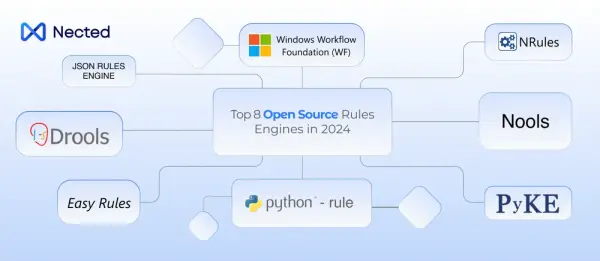




.svg)


.png)

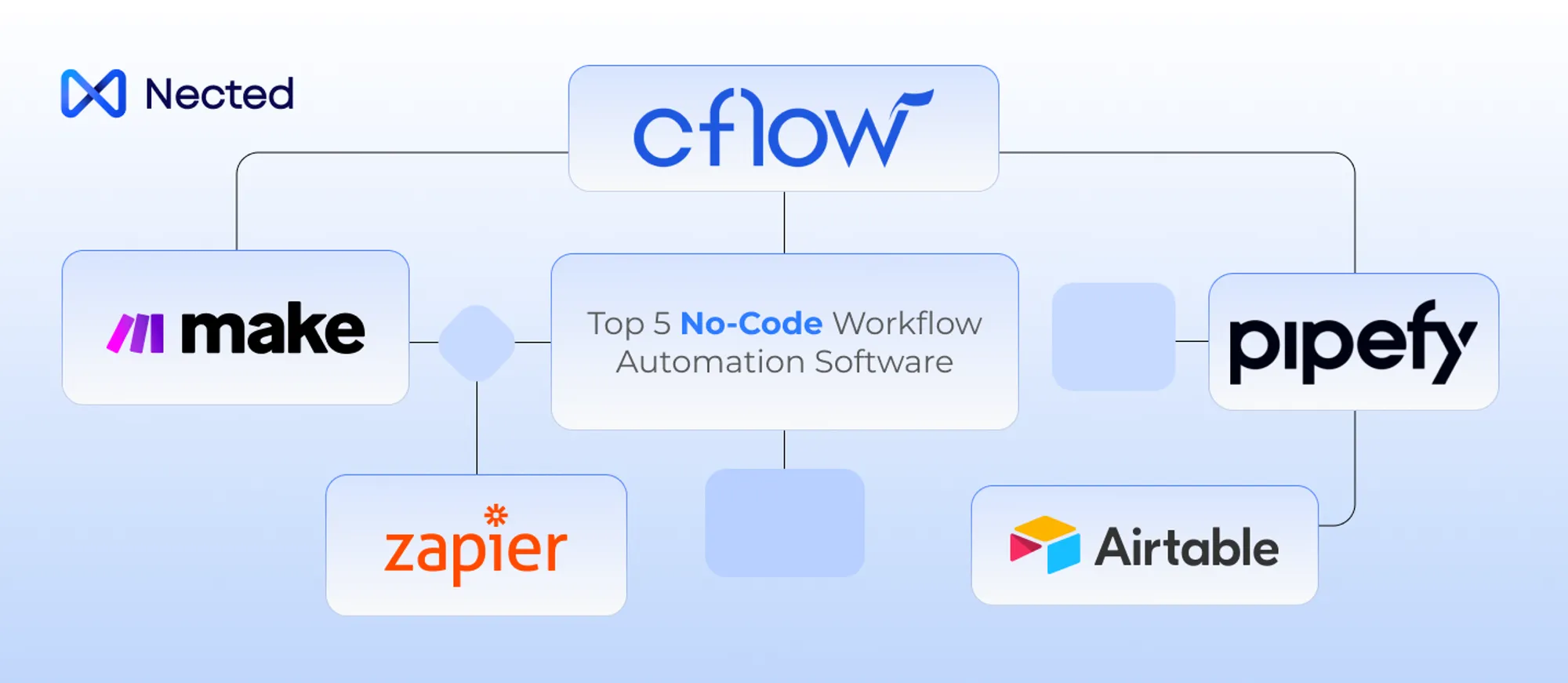
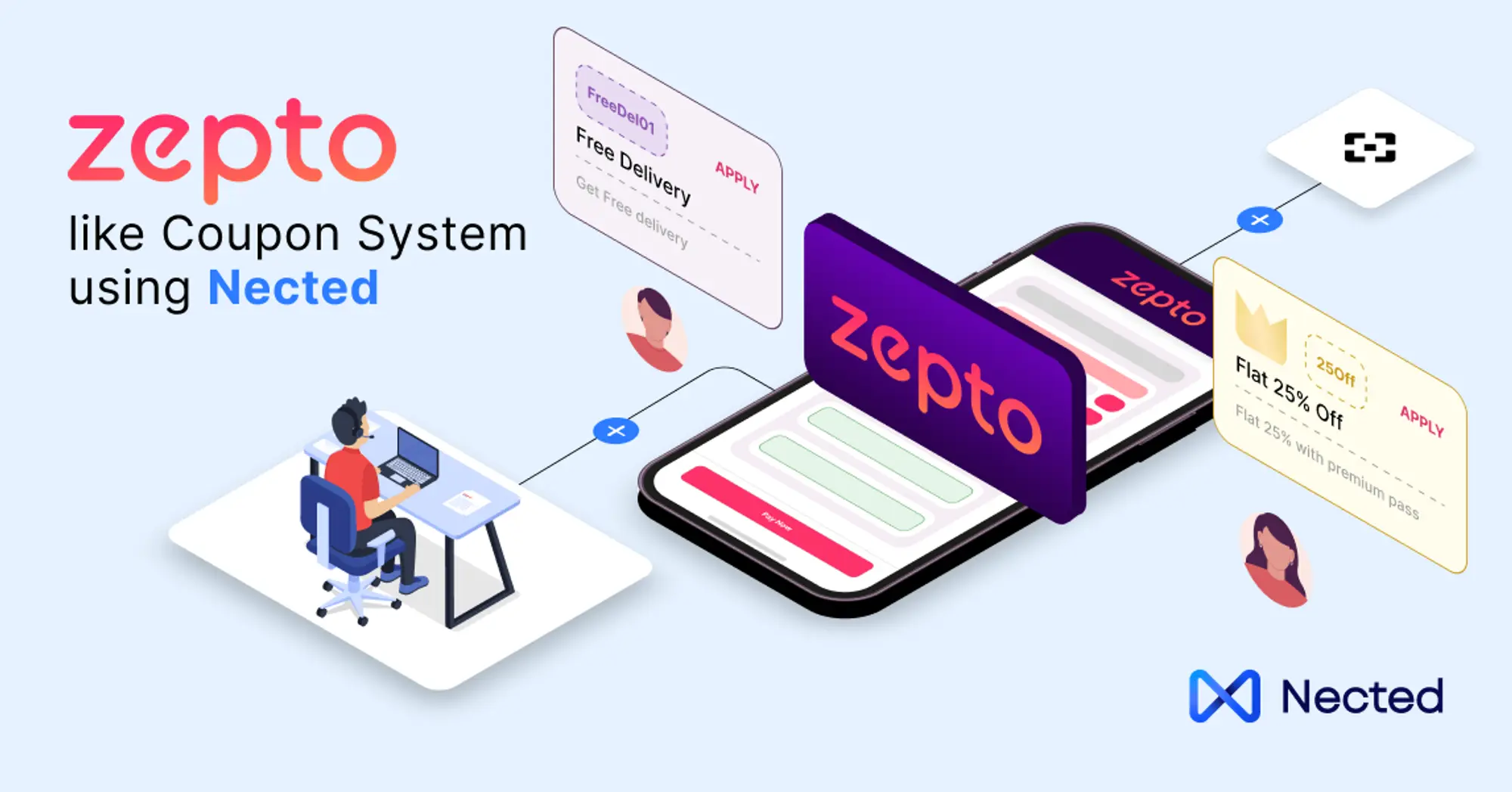
.webp)
.webp)

.webp)
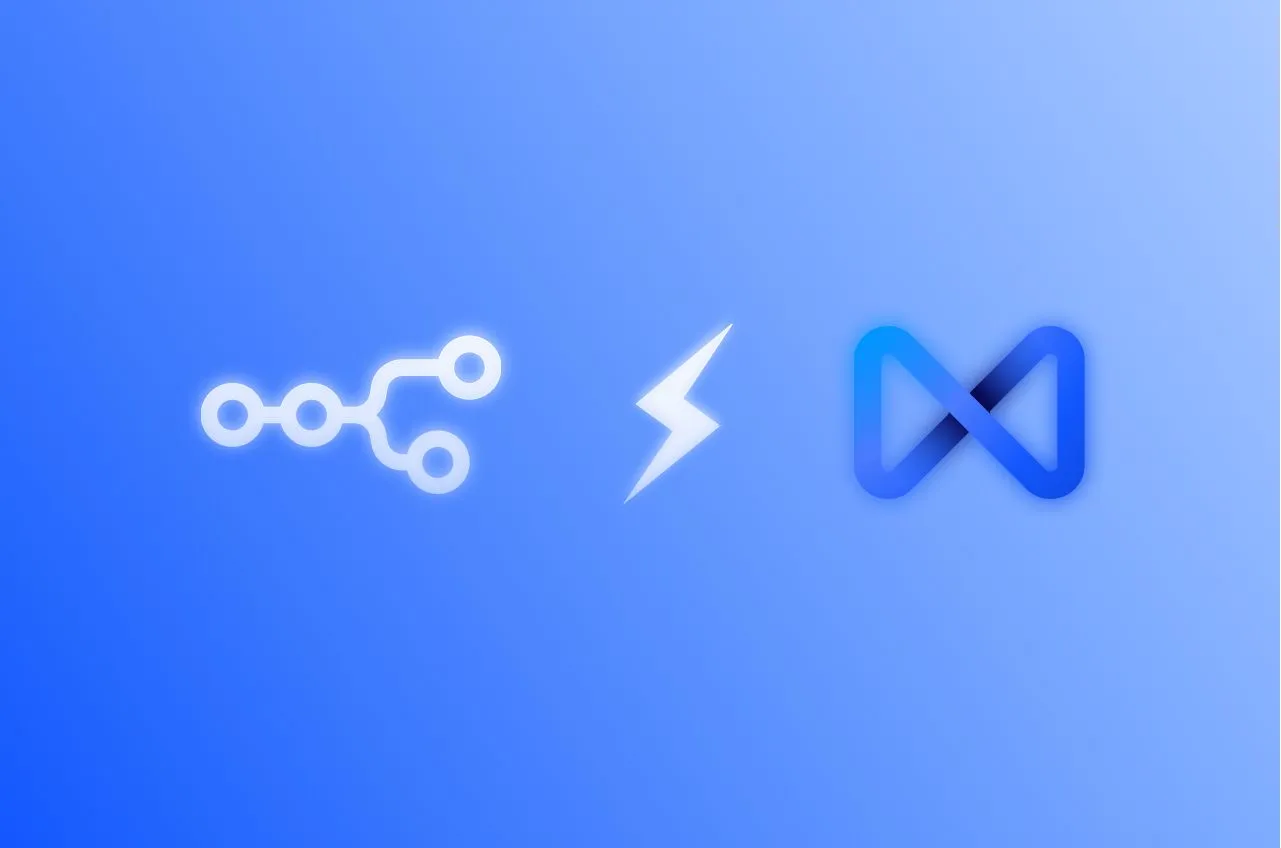

.svg)
.webp)




.webp)
.svg.webp)


.png)
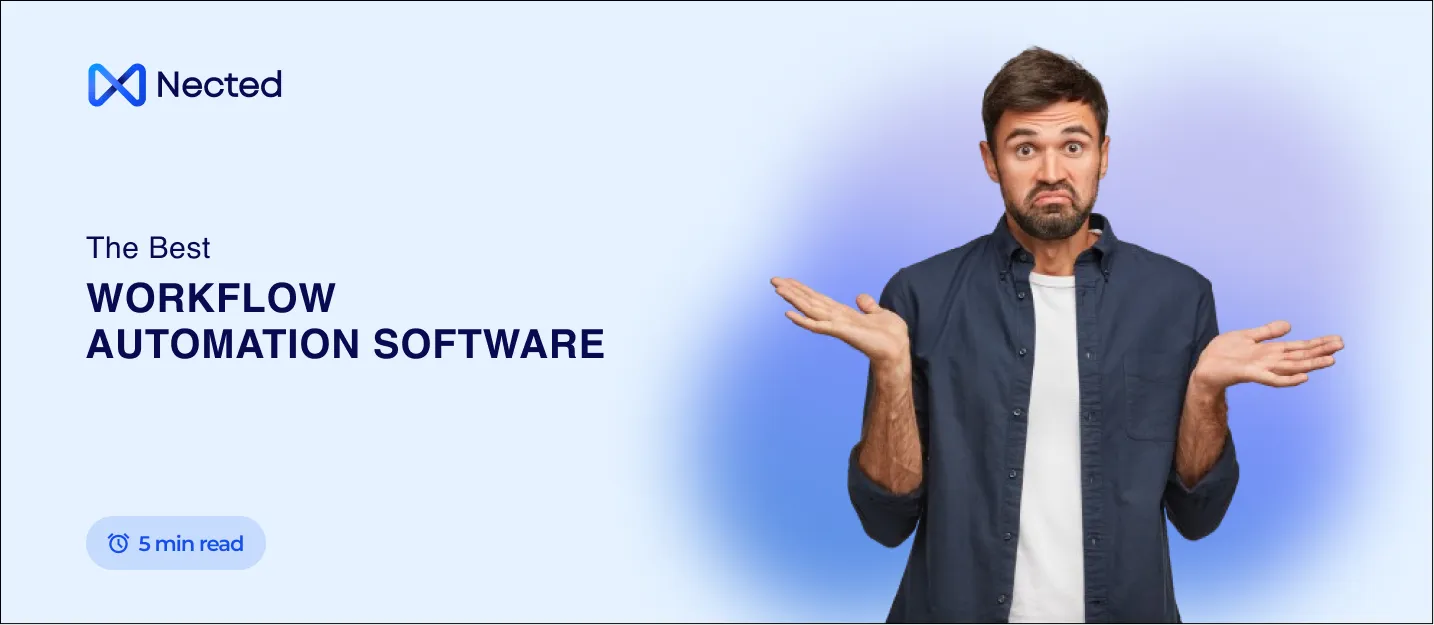
_result.webp)
.webp)
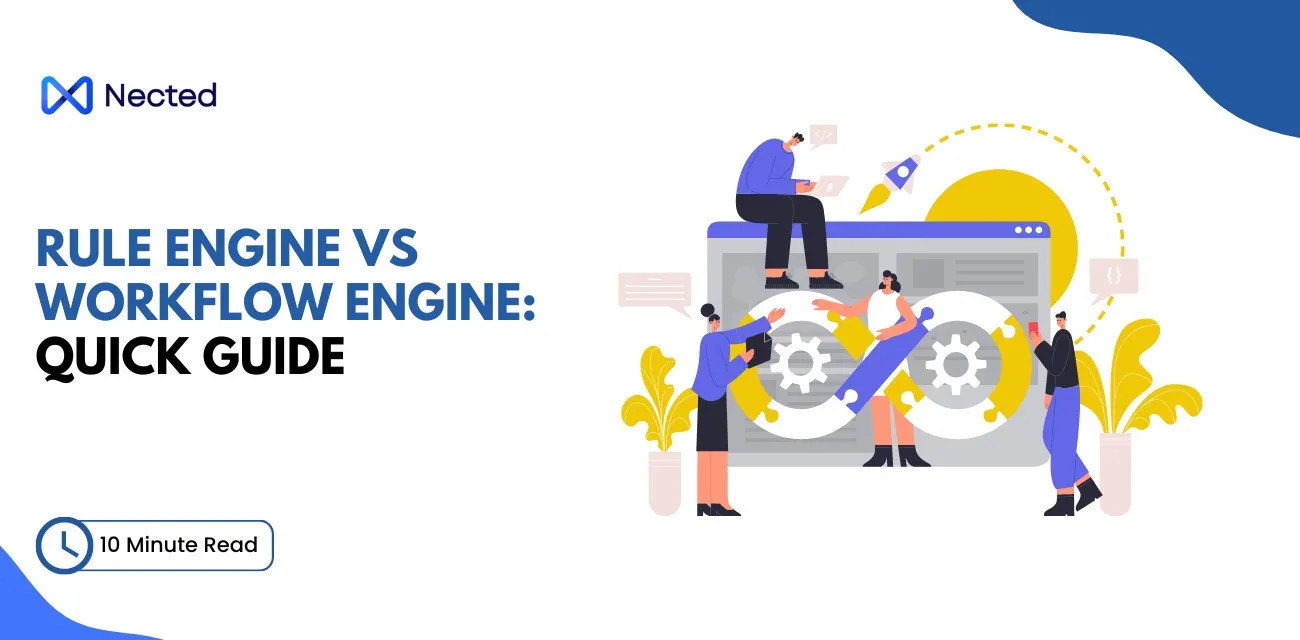
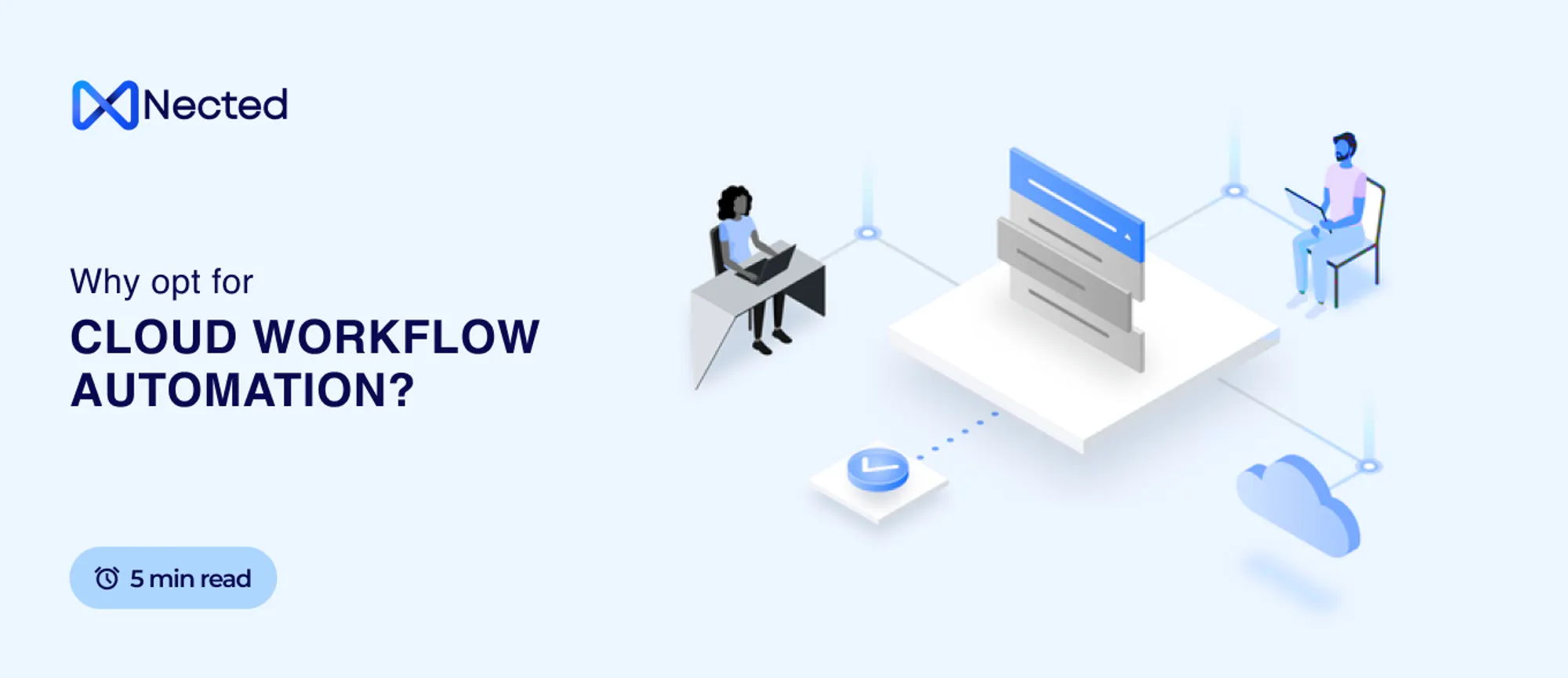
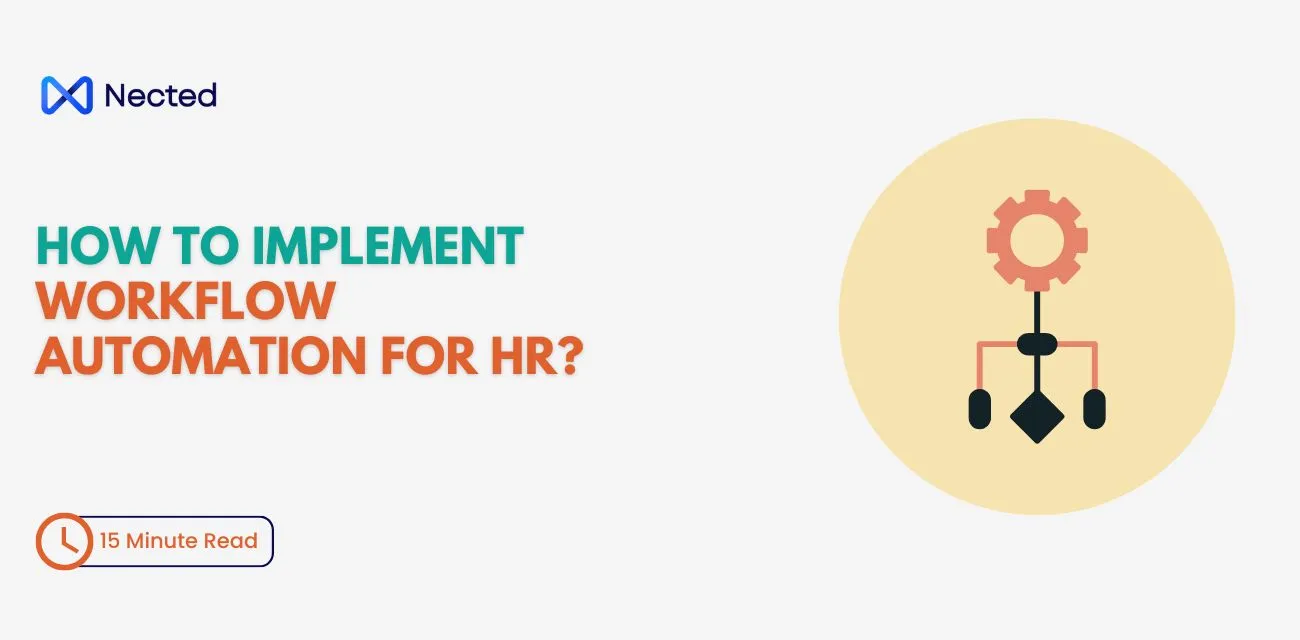
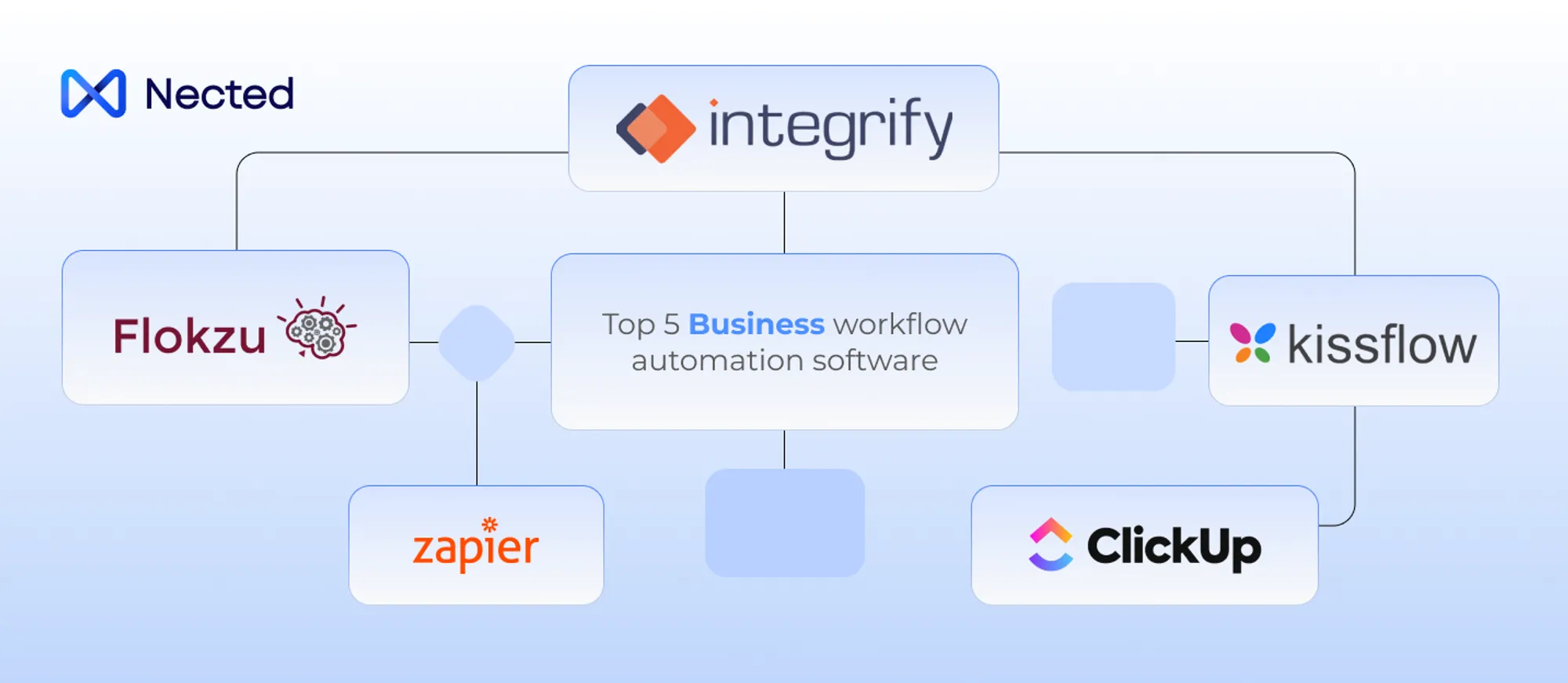
.webp)


%20m.webp)
.webp)
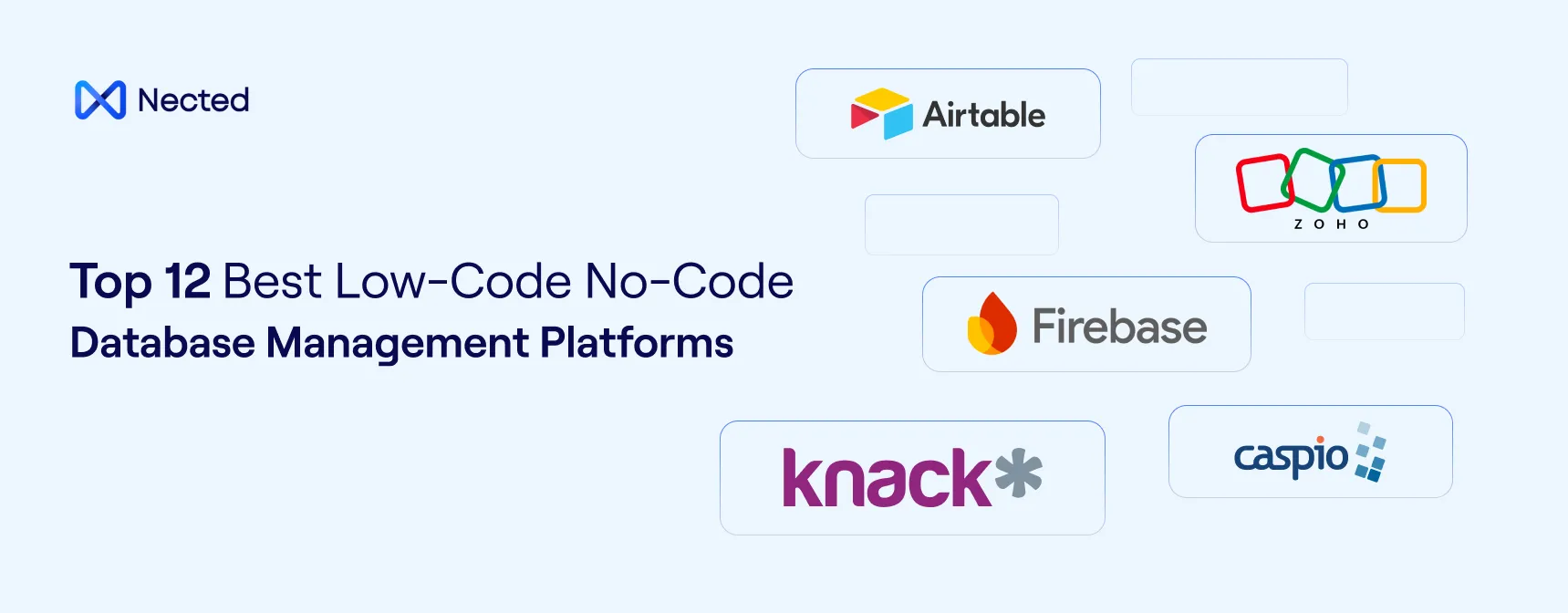
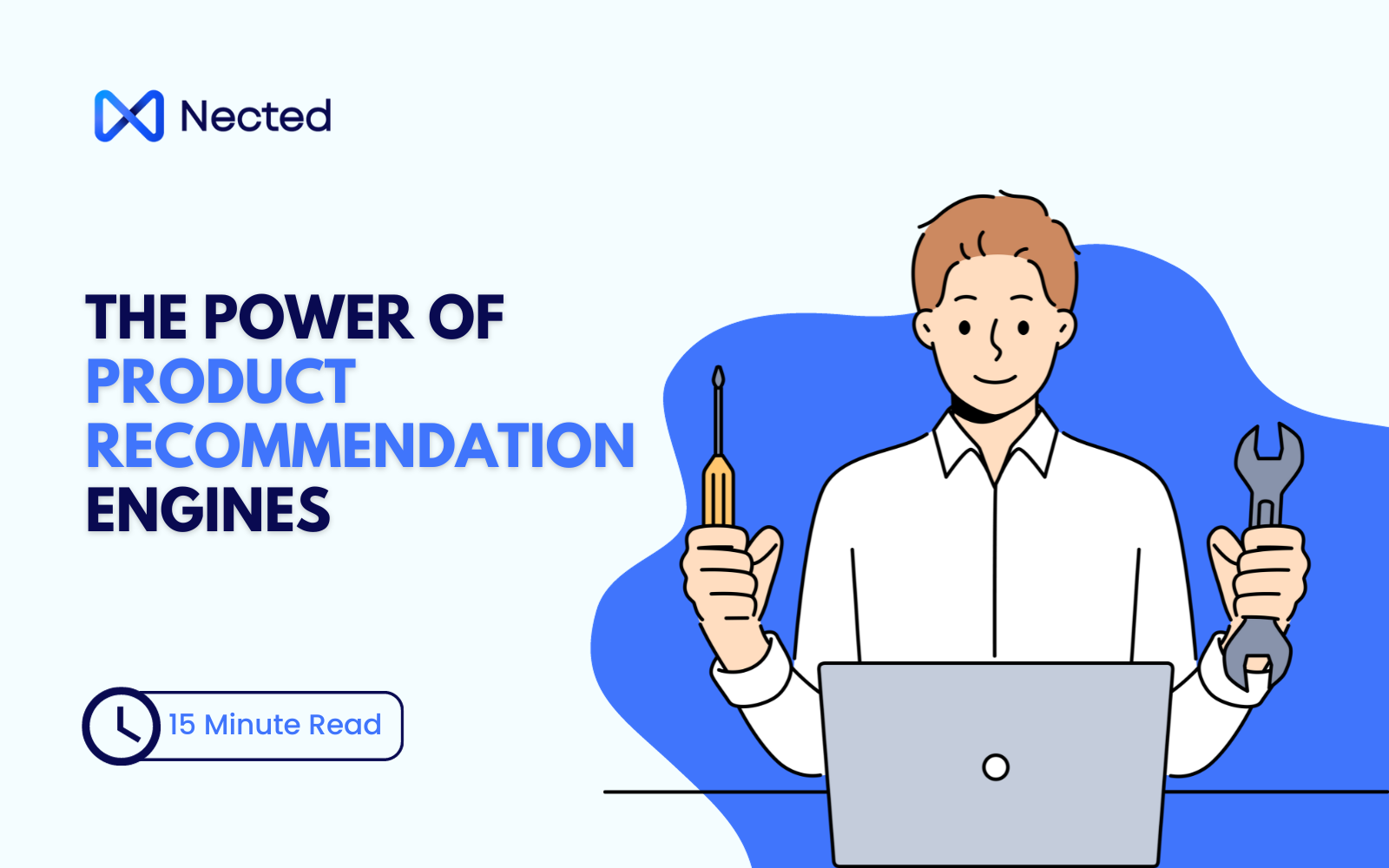
.webp)
.webp)


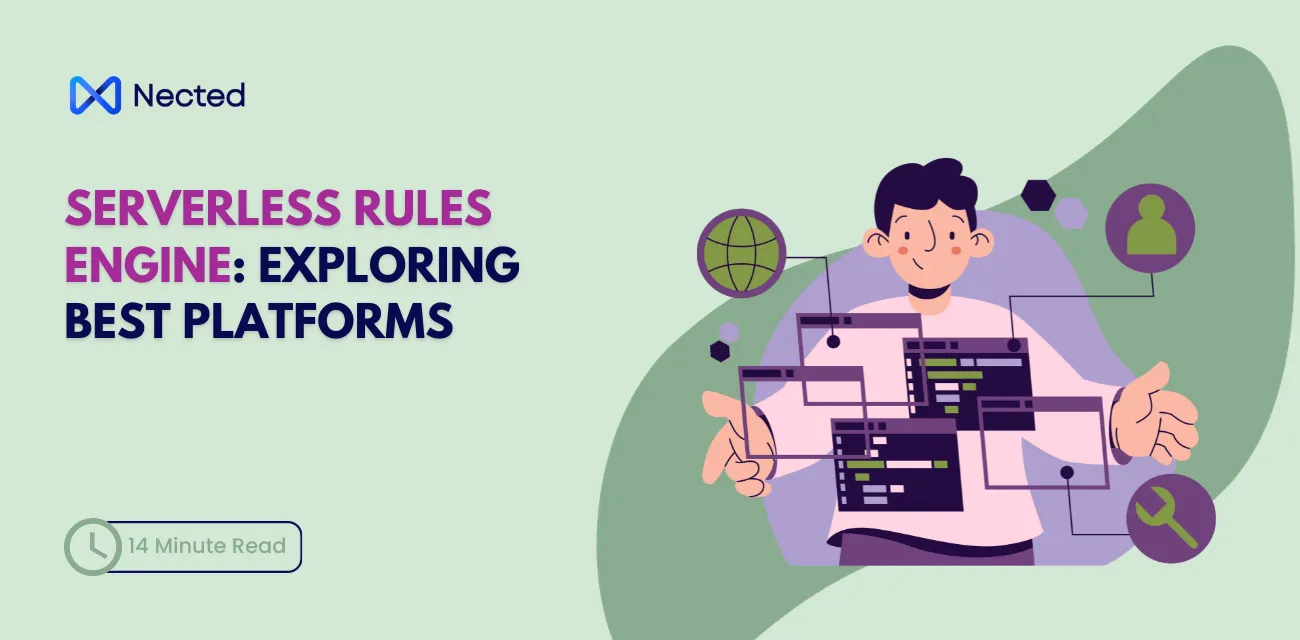



%20(1).webp)
